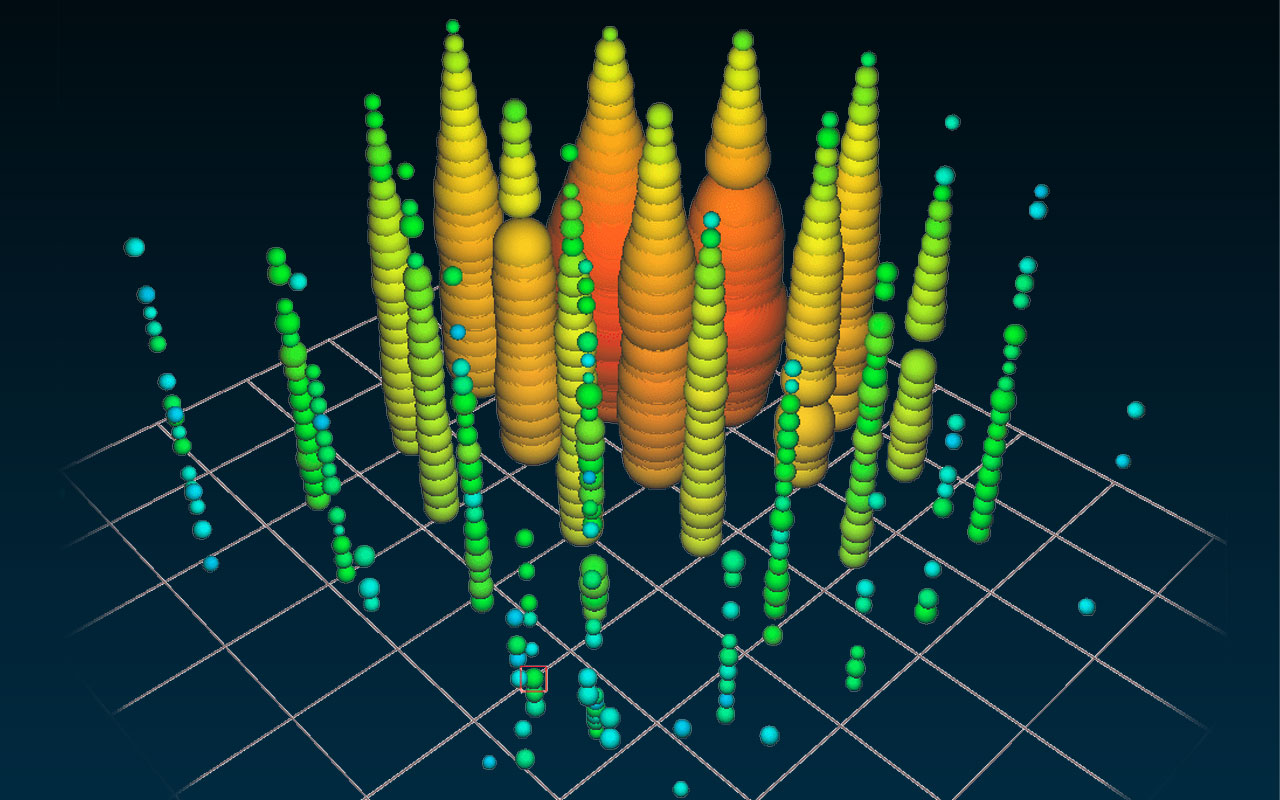
IceCube Neutrino Observatory Detects New High-Energy Particle
San Diego Supercomputer Center Among Resources Used to Prove 60-Year-Old Theory
Published Date
By:
- Cynthia Dillon
Share This:
Article Content
In December 2016, a high-energy particle called an electron antineutrino hurtled to Earth from outer space at close to the speed of light. Deep inside the ice sheet at the South Pole, it smashed into an electron and produced a particle, called W− boson, that quickly decayed into a shower of secondary particles. The interaction was captured by a massive telescope buried in the Antarctic glacier, the IceCube Neutrino Observatory (IceCube).
IceCube had detected a Glashow resonance event, a phenomenon predicted by Nobel Laureate Physicist Sheldon Glashow in 1960. With this detection, scientists provided another confirmation of the Standard Model of particle physics. It also further demonstrated the ability of IceCube, which detects nearly massless particles called neutrinos using thousands of sensors embedded in the Antarctic ice, to do fundamental physics. The result recently published in Nature is so important because it shows that IceCube can detect anti-neutrinos as different from neutrinos, thus opening a new window to the universe.
The multinational team of scientists—including researchers from UC Irvine and UC Berkeley—searched for very-high-energy astrophysical neutrinos with IceCube. Using San Diego Supercomputer Center’s (SDSC) Comet at UC San Diego, Bridges at Pittsburgh Supercomputing Center (PSC), and Frontera at Texas Advanced Computing Center (TACC), one interaction of one antineutrino (known as an “event”) was found with a visible energy of 6.05 ± 0.72 PeV. Given its energy and direction, it is classified as an astrophysical neutrino at the 5σ level. Furthermore, data collected by the sensors closest to the interaction point, as well as the measured energy, are consistent with the hadronic decay of a W− boson produced on the Glashow resonance as outlined in the 1960 prediction. The latter unambiguously identifies the incoming particle as an anti-neutrino rather than a neutrino, or anti-matter rather than matter.
"To simulate this detection, our IceCube collaborators used millions of hours on multiple supercomputers to sort through the data, understand the detector response and calculate the direction of origin for this particular anti-neutrino," explained Frank Würthwein, a UC San Diego physics professor and executive director of the Open Science Grid (OSG) at SDSC. "We were excited about the detection and fortunate that our resources could support this groundbreaking science."
Würthwein has been working closely with the observatory's Global Computing Manager Benedickt Riedel and an international team of scientists for the past decade.
"Constructing a comparable observatory anywhere else would have been astronomically expensive," said Riedel. "Antarctica ice provides us with the perfect optical material and we moved from the traditional view of a guy with a telescope looking up at the sky to large-scale instruments and now on to particle physics and particle observatories."
Riedel explained that with this new paradigm, large amounts of computing for short periods of time to do big time-sensitive computing was needed, with big scientific computing centers like TACC, SDSC, and PSC.
While these supercomputer resource allocations were funded by the National Science Foundation’s (NSF) Extreme Science and Engineering Environment (XSEDE), additional computing resources included the OSG and the Pacific Research Platform (PRP), partnerships of more than 100 institutions led by researchers at UC San Diego, and that include NSF- and Department of Energy-funded resources, and multiple research universities around the world.
About SDSC
The San Diego Supercomputer Center (SDSC) is a leader and pioneer in high-performance and data-intensive computing, providing cyberinfrastructure resources, services and expertise to the national research community, academia and industry. Located on the UC San Diego campus, SDSC supports hundreds of multidisciplinary programs spanning a wide variety of domains, from astrophysics and earth sciences to disease research and drug discovery. SDSC’s newest National Science Foundation-funded supercomputer, Expanse, supports SDSC’s theme of ‘Computing without Boundaries’ with a data-centric architecture, public cloud integration and state-of-the art GPUs for incorporating experimental facilities and edge computing.
Share This:
You May Also Like
Stay in the Know
Keep up with all the latest from UC San Diego. Subscribe to the newsletter today.



